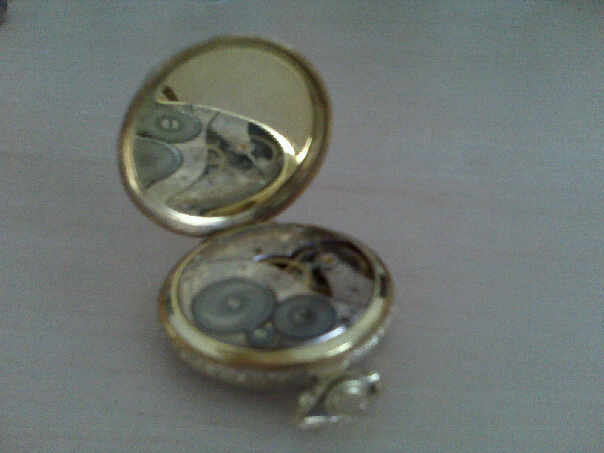
Robert D. Novak, 1931 -2009
During the Reagan era, two conservatives shared the title “the Prince of Darkness” as an epithet from liberal Democrats and Washington insiders. The first was nominal Democrat turned Reagan administration assistant secretary of Defense Richard Perle, a neoconservative activist who was castigated for his ultra-hardline anti-Soviet views and skepticism about the value of arms control. The second was veteran Chicago Sun-Times reporter and columnist Robert “Bob” Novak, who passed away today at age 78.
While Novak shared many of Perle’s foreign policy views regarding the malevolence of the Soviet Union and Henry Kissinger and was (with Jude Wanniski) a firey media advocate for the emerging school of Supply-Side economics, what made him and the Evans & Novak column a political force to be reckoned with was that Bob Novak was a dogged, old-fashioned, working reporter who regularly unearthed new information from his vast collection of sources. Most people under thirty only know of Bob Novak from the Valerie Plame affair, which began in Novak’s column,but Robert Novak had been creating havoc for politicians, and not just liberal ones, for decades:
The fact is that Novak, as he would disclose in his autobiography, actually admired very few politicians. He wrote that he found the first politicians he covered less impressive than the athletic coaches he had covered as a young reporter — “an impression of the political class that did not change appreciably in a half-century of sustained contact.”But then, many big-time politicians didn’t like Novak. Pat Buchanan relates a priceless story of being with Richard Nixon in the mid-’60s in a high-school gym in Indiana. Nixon peeked through the stage curtain, finding Novak in the first row of the press section. “Look at him,” Nixon commanded. “That’s Bob Novak. That’s the enemy.”
Not only did I read Novak growing up ( later I realized that Novak would shoehorn his pet theories on to the facts he uncovered regardless of whether it made any sense, the facts though, were always useful) but I watched him pioneer the Left vs. Right shoutfest template on CNN’s “Crossfire”, first sparring with Tom Braden then, more famously, with Michael Kinsley. When Novak did it, the concept was refreshing because the whole idea of a show that actually had political balance by including conservatives on equal terms with liberal talking heads was revolutionary at the time. Unfortunately, when Crossfire went from a clever niche on a feisty cable news station to a transmogrified, dumbed-down, infotainment as an industry standard, a lot of damage was done to public discourse and reportedly, Novak shared that view to an extent ( though he also cashed the checks – CNN helped make Robert Novak exceptionally wealthy).
Robert Novak represented the last of a generation of hard-nosed reporters who learned journalism as a craft rather than as a product of graduate school theories, who could come from any ( but usually modest) background rather than having a distinctly “bicoastal” cultural worldview and a ranking system based on what “good school” you attended. The news business, I note, has not prospered from becoming more insular.
The media could use more Robert Novaks.
ADDENDUM:
I see Lexington Green beat me to the punch with his obit post.





